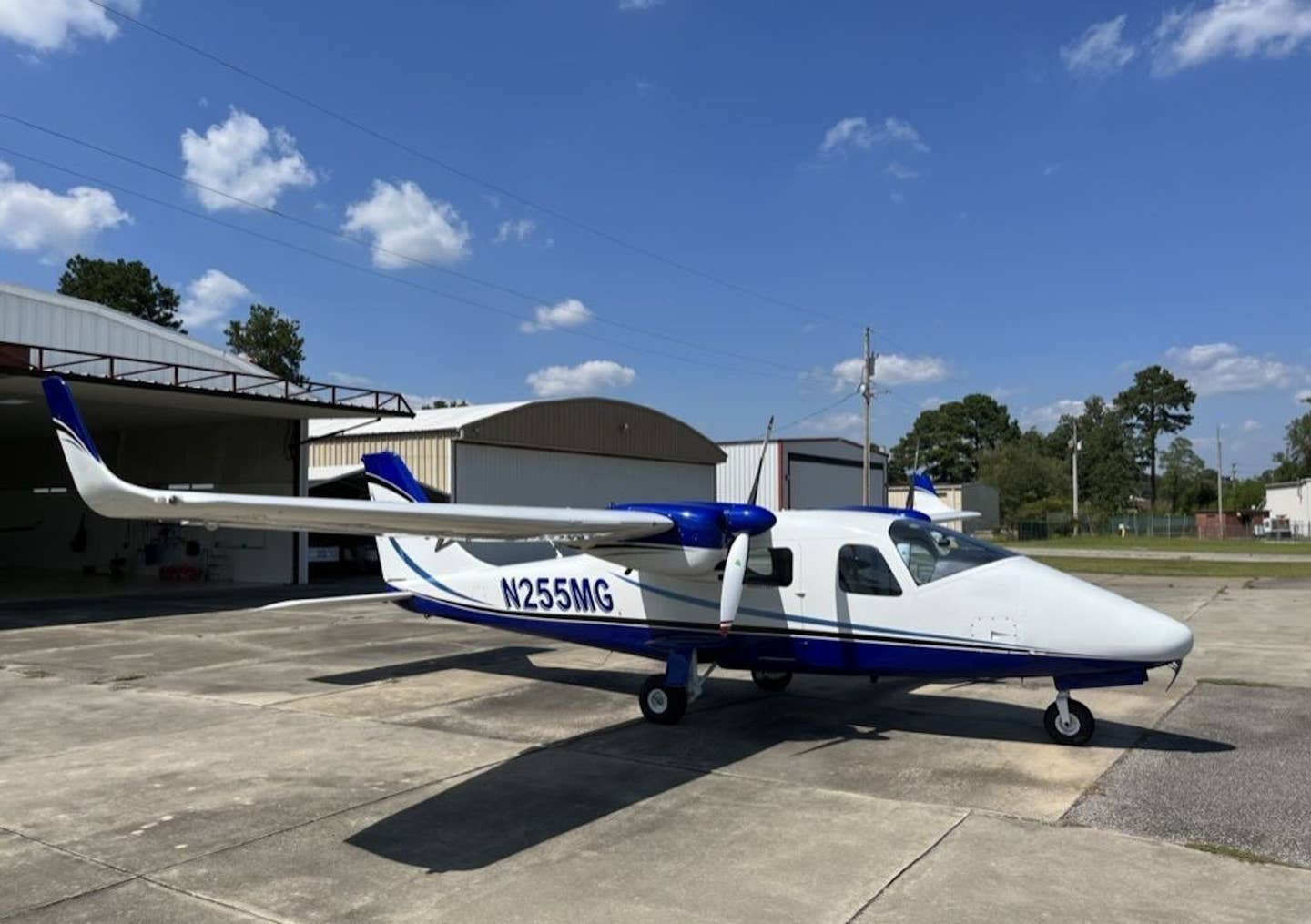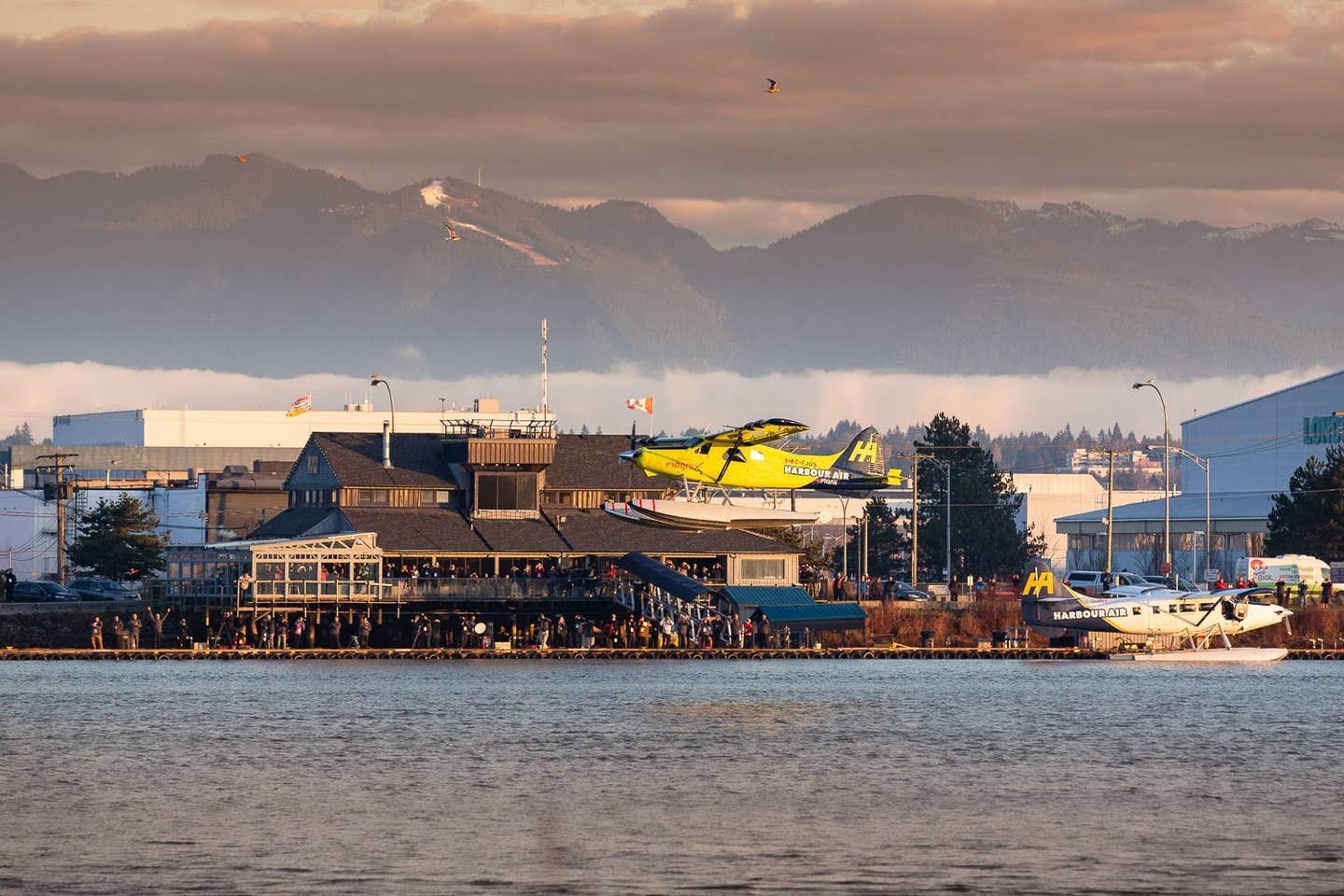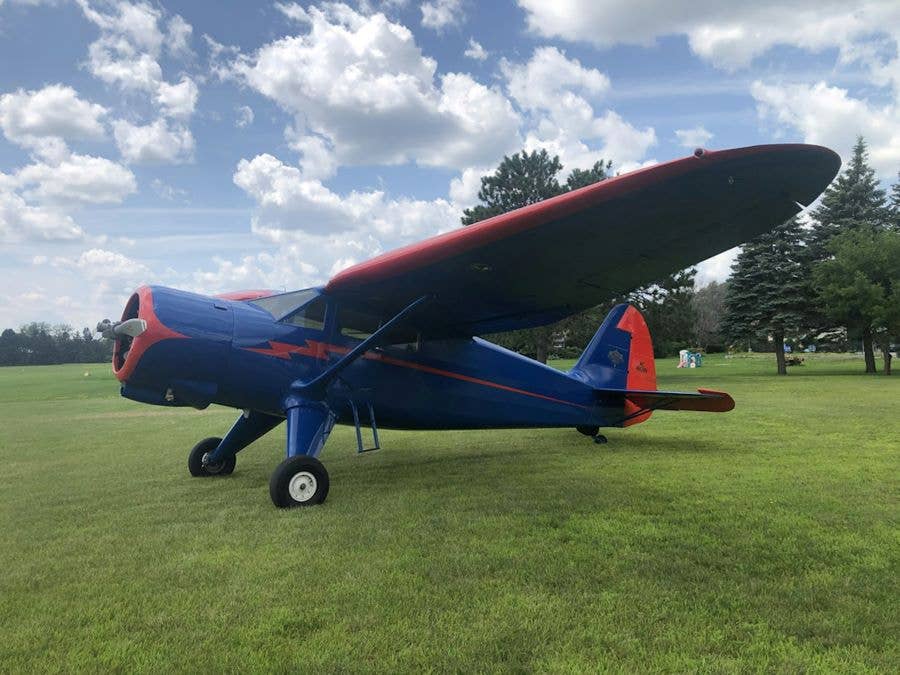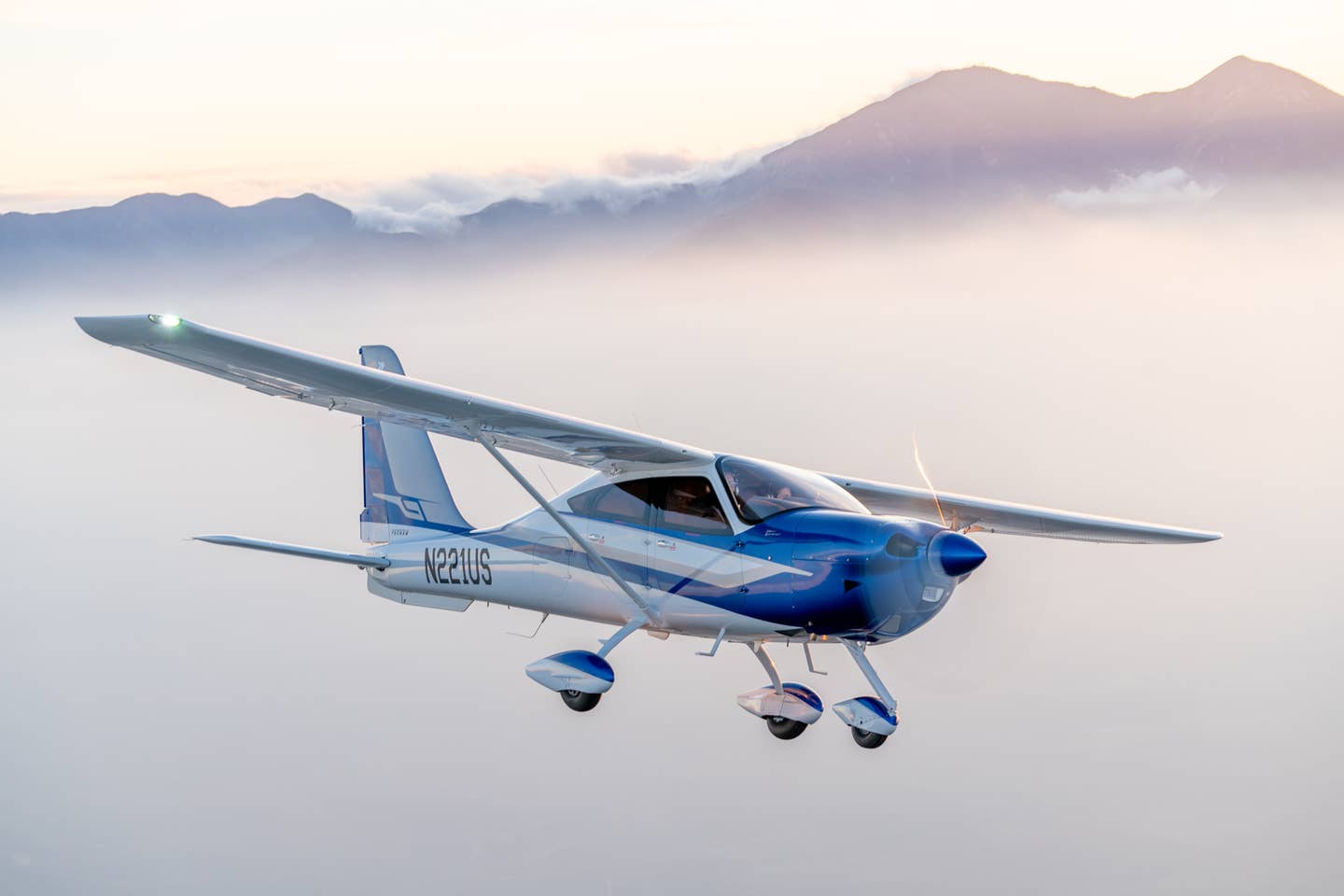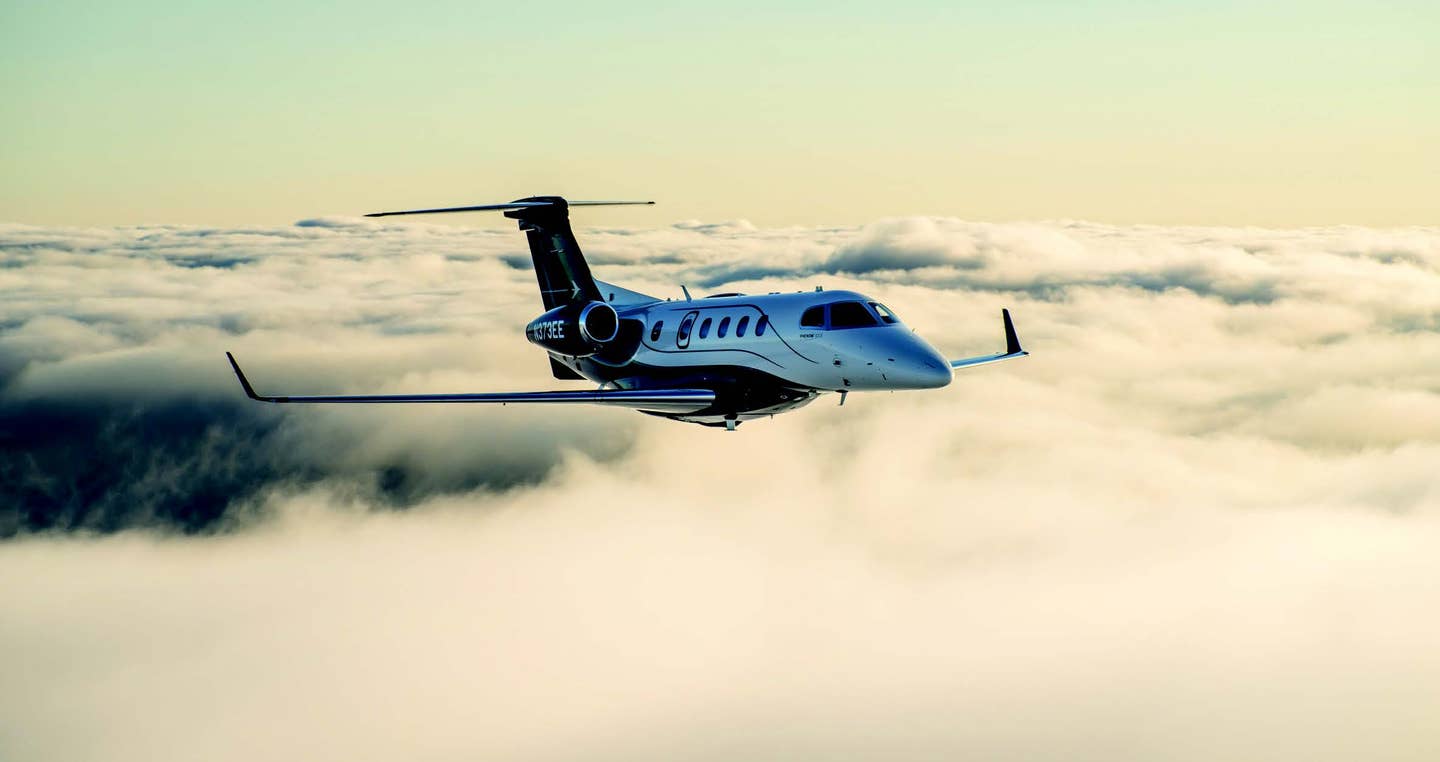
FLYING contributor Rick Durden says he came away from his time with the Phenom 300E impressed in many ways. [Richard Maneen/Embraer]
They’re everywhere. Through terminal windows, you see dozens of Embraer jets in airline liveries. On FBO ramps you seemingly can’t look in any direction without spotting one of the Embraer business jets—perhaps a Praetor 500 or 600 or Phenom 100. Although it’s most likely one of the more than 750 Phenom 300s that have been delivered since going into service in 2009. It’s been the best-selling light jet for the past 12 years.
As Butch asked Sundance in the 1969 movie, “Who are those guys?” To which I add: Why the Phenom 300E? And, what makes that jet so popular?
If you're not already a subscriber, what are you waiting for? Subscribe today to get the issue as soon as it is released in either Print or Digital formats.
Subscribe NowI’ll answer the second question first. It’s a combination of being the fastest single-pilot jet in the sky, the fastest light jet with the highest payload and the ability to use runways less than 4,000-feet long and climb directly to FL 450. It offers stunningly attractive and comfortable interiors as well as solid human factors engineering (HFE) that keeps the workload for a single pilot manageable in challenging conditions.
For the first question, those men and women are Embraer, a Brazilian manufacturer that for more than 50 years has been designing and building turboprops and jets for the airlines, general aviation, and military. We’ve heard it said that Embraer is channeling the disruptive aeronautical design philosophies of countryman Alberto Santos-Dumont, whose aviation firsts from 1901 through 1909 made him a household name throughout much of the world.
After visiting Embraer’s Melbourne, Florida, campus—built as the U.S. space program there was slowing down to take advantage of a highly trained workforce—with its 192,000-square-foot production facility, engineering and technology center, two paint facilities, delivery center with design studio, and flying the Phenom 300E—I came away with the feeling that the manufacturer is on the cutting edge of bizjet design, performance, and customer service (75 centers worldwide).
- READ MORE: We Fly: Cirrus SR G7
I’ll be the first to admit that the definition of light jet is a bit amorphous, although, in general, it can carry six to eight passengers on flights of two to three hours and access relatively small airports.
The Phenom 300E can be configured for as many as 10 passengers on board. A 25-degree wing sweep helps generate a maximum speed of Mach 0.8 and a high-speed cruise of 464 knots, yet its sophisticated flaps mean it can operate from 4,000-foot-long runways at sea level, needing 3,209 feet for takeoff at its 18,551-pound maximum gross weight. Fully fueled, its NBAA range is 2,010 nm, which includes the ability to divert to an alternate airport 100 nm away. With eight occupants, its NBAA range is 1,178 nm. Max operating altitude is FL 450 (45,000 feet), and the 300E can climb directly there in 22 minutes.
The Basics
The Phenom 300 debuted in 2009. In 2013 it received an avionics upgrade to the Garmin G3000 Prodigy Touch Flight Deck. A major interior redesign came in 2017. A power bump in 2020 gave it its current impressive cruise speed. That’s when it became known as the 300E—the “E” standing for Enhanced. Power is supplied by a pair of FADEC-controlled Pratt & Whitney PW525E1 engines putting out 3,478 pounds of thrust each. TBO is 5,000 hours.
Recent Developments
Enhancements keep coming for the 300E.
• Autothrottles: They tie in with the autopilot for normal operations as well as overspeed and underspeed protection. Servos move the power levers, giving the pilot a tactile indication of the power setting in addition to the display on the gauges.
• Emergency Descent Mode (EDM): With the autopilot engaged, should the cabin pressure climb above 25,000 feet, the system turns the jet 90 degrees left and commands a descent to 15,000 feet while setting the transponder to 7700. For those aircraft equipped with autothrottles, power is reduced for the descent and increased then the aircraft reaches 15,000 feet.
• Runway Overrun Awareness and Alerting System (ROAAS): It engages at 1,000 feet agl and monitors altitude and speed for the runway in use and the runway conditions. Between 500 and 100 feet agl, if approach parameters are exceeded—generally too high and/or too fast—the system cautions that unless the pilot gets the jet back into appropriate approach parameters, it won’t be able to stop on the runway—“Caution, overrun.” If things are not corrected by 100 feet agl, an aural warning, “Overrun, go around,” sounds. If the airplane floats on landing, the system will give another caution, “Long flare.” ROAAS keeps working through rollout. If the jet isn’t decelerating appropriately, it issues another warning, “Overrun, brakes.”
• GWX75 radar: It has been upgraded with automatic vertical scanning and predictive hail capabilities, which predicts hail and presents it visually on the weather display.
- READ MORE: We Fly: Diamond DA62
The airplane flown had a basic empty weight (BEW) of 11,739 pounds. With full fuel—5,353 pounds—the payload was 1,459 pounds, or six 200-pound passengers and a lot of baggage. What is usually more important is how flexible the aircraft is when it comes to fuel versus cabin load. The zero-fuel weight for the 300E is 14,263 pounds, so when loading the airplane, anything over that weight has to be fuel. That means in the airplane we flew up to 2,524 pounds could go into the cabin—a whopping load. Bringing the airplane up to gross weight with 4,288 pounds of fuel still means the jet can fly well over 1,300 nm with reserves and go fast doing it.
With Embraer demo pilots Marisha Mohler and James Crawford, some sample weight-and-balance problems using the Prodigy Touch were run. Bottom line: It was nearly impossible to load the 300E out of CG, something of major importance because it minimizes the risk that a loading error will create an uncontrollable flying machine.
The Walk-Around
Walking around the jet, I was impressed by the size of the left-side-accessed, heated-aft baggage compartment—84 cubic feet—with room for skis and golf clubs.
I was advised that the Phenom 300 was originally designed for high usage in the fractional and charter world—with a life of 35,000 hours or 28,000 cycles—so Embraer borrowed from its experience in the constant operation airline world for longevity and robustness. I noticed such features as all exterior panels, including the windshield, use a single screw head design. If necessary, the windshield can be replaced in four hours. The lavatory is serviced externally. Single-point fueling is available, and the large airstair door is beefed up to withstand long-term use but is designed for one-handed operation.
For speed, the skins are flush-riveted, the area rule of the rear fuselage is particularly notable inboard of the engines, and there are gap seals between all control surfaces. The auxiliary power unit (APU) plug is angled, so it will pull out, rather than rip out, should a pilot taxi away with it connected. The right engine can be run in a ground power mode, functioning as an APU.
Systems are conventional, but almost all are set and forget, with automation taking care of routine tasks and abnormalities and using the large screen presentation of the Prodigy Touch to display irregularities so that the crew can determine what actions, if any, are necessary. I saw numerous examples of HFE designed to reduce pilot workload and maximize situational awareness. One example is the spoilers. When deployed in-flight, they stow automatically when certain conditions are met. They deploy automatically on landing.
- READ MORE: We Fly: Cessna TTx
Braking is via a brake-by-wire system with an electronic, rather than mechanical, anti-skid system in the same box that turns pilot brake input into electrical impulses to the brake hydraulics. The brakes are carbon, maximizing effectiveness as they heat up. Wing, tail, and engine inlet deicing is via bleed air. The windshields are electrically heated.
The electrical system is a 28-volt, eight-bus system powered by two 390-amp generators.
The Cabin
When talking about a purchase price on the order of $13 million, the reality is that an owner-flown, fractional, or charter jet exists to carry people of means who want to get to a destination fast and in comfort. I think that is true especially for the owner-flown jet family. After all, there’s a hoary aviation axiom: If the nonflying spouse ain’t happy, ain’t nobody happy, and the jet better have a comfortable potty.
After spending time in the cabin, I think Embraer nailed it. First, the cabin never gets too high—the 9.4 max pressure differential means that at the FL 450 maximum operating altitude, the cabin is at 6,600 feet. The cabin shape is a modified vertical oval, allowing the seats to be mounted low to maximize headroom. Standing 6-foot-4, I’ve been uncomfortably crowded in a lot of aircraft cabins—that was not the case here. The comfy seats recline, swivel, and track horizontally away from the bulkheads.
Everything on the ceiling is flush, including the air vents. Finally, there’s a design that gets rid of the ball-shaped head-knockers we’re used to. What is called a tech panel is on the ceiling, containing motion sensors. Moving a hand near the veneer lights up buttons to control the various entertainment systems, video displays, and cabin lighting.
The lavatory is the real thing—complete with a sink—and with solid, sliding doors for privacy. It has a window that is the same size as those in the rest of the cabin, so there’s no feeling of retreating into a black hole, especially as the lav seat can be belted and used as a passenger seat.
My takeaway from our time in the cabin and Embrarer’s Melbourne design center is that there is serious commitment to not only comfort but an elevated level of style and panache. But, then again, that’s what we expect from the country that gave us the elegance of the samba.
The Front Office
Moving forward to where the magic happens, the first thing that I observe is the sheer size of the Garmin G3000 Prodigy Touch displays and the well laid-out nature of the panel. Once seated, I found the seats to be among the easiest to adjust and the most comfortable I’ve experienced on any bizjet.
While I may have to turn in our jaded journalist accreditation, I kept running into things that were at the high end of our experience. I’ve used rudder pedals that adjust fore and aft, but never as easily as these. At my height, I’m used to being uncomfortable on a flight deck—it wasn’t the case in the 300E. To my amazement, when Captain Mohler—who is well over a foot shorter than I—got into the right seat, the seat and rudder pedals adjusted to fit her physique easily. I’m not used to that range of adjustment in flight deck seating.
I then looked at an issue I feel critical to design—crashworthiness for those at the point of the arrow. The most common bizjet accident is a runway overrun or loss-of-control event that involves impact at under stall speed, where good crashworthy design means keeping the crew alive. I generally liked what I saw. The restraint system is five-point, and there is flail space in front of the crew and no head-gouging overhead switches.
The more I learned about the flight deck and systems, the more I realized the significant thought that went into setting up the 300E for single-pilot operation and felt that it is a most reasonable step up for pilots flying single-pilot turboprops and smaller jets.
The Garmin G3000 Prodigy Touch Flight Deck avionics blend well with the aircraft, presenting what the pilot needs to know, when needed, and the shallow menu allows accessing information required with a minimum of screen inputs. Garmin’s intuitive design is well known, so I won’t go into detail here. Its incorporation in the 300E came across as nearly seamless.
While Prodigy Touch requires intense, focused training, I think that its design is pilot-friendly and intuitive. Once it is understood, a pilot can program the automation easily—thus freeing them to do the important stuff, such as think and maintain situational awareness. That’s especially important when dealing with weather or high-density airport arrivals in a single-pilot jet that goes as high and fast as this one.
Flying It
Starting a Phenom 300E is so easy that I can’t help but wonder whether it’s illegal in some states. You turn the appropriate rotary switch at the base of the power quadrant from “stop,” past “run” to “start.” Wait two, count ’em, two, seconds and then turn the switch back to run. FADEC takes care of monitoring engine rpm, applying fuel and ignition at the appropriate time and monitoring temps as the engine spools up—stopping the start automatically should something be amiss.
Yes, you monitor and are prepared to move the switch to stop, but there’s little to do. Taxiing is via the rudder pedals and carbon brakes. Once running, the jet will roll away from the chocks at idle power, meaning that braking is needed.
Takeoff preparation is easy—the checklist is short and consists generally of setting flaps, confirming that the departure procedure and initial altitude are loaded in the Garmin. I liked that there is nothing extra to do—or forget—after takeoff clearance is received. There’s a takeoff configuration button to push that checks the critical stuff and confirms that the jet is configured for takeoff. Switchology at that point is that every switch should be in the 12 o’clock position and all lights off. “12:00 and dark,” is the call. It’s simple, straightforward, and crew-friendly.
Loaded about 2,000 pounds below gross for this launch, V1 was 105 knots, with VR at 106. Acceleration was as to be expected for a bizjet, exhilarating and addictive.
Rotation immediately generated a positive rate of climb, once the gear was up and flaps retracted, we watched the rate of climb slide into the 3,000 fpm range as we accelerated.
We alternated hand-flying and having the automation handle things as we were slowly cleared to a 16,000-18,000-foot block altitude east of Melbourne. There, we hand-flew the 300E through steep turns and found that the jet is just plain fun to fly. The controls are heavy but responsive and the aircraft stays where you put it. Stick-force-per-G is linear and gets heavy quickly, so it’s unlikely someone will inadvertently load up the airframe when maneuvering.
With the autopilot back on, we pushed the power levers from max cruise to the climb mark and reached FL 450 so quickly that we were still negotiating with ATC for a route where we could have 10 minutes of level flight for a speed check. Once at altitude, we left the power in the climb setting and accelerated to Mach 0.8 , where at ISA minus-7 degrees Celsius we were burning at a total of 910 pph.
Pulling the power back to max cruise, the speed slowly backed off from Mach 0.8 to about 0.78 before it was time to start a descent. Heading down, we explored an emergency descent with power at idle (no effect on pressurization) and spoilers deployed and saw 10,000 fpm on the gauges.
I was impressed by the ease of programming the Prodigy Touch system as Captain Mohler did so while we were being vectored through busy Florida airspace and set up for the RNAV approach into Runway 9R at Melbourne. What would otherwise have been a workload-intensive event was something, in my opinion, easily handled by a single pilot comfortable with the automation and maintaining situational awareness.
Once established on glideslope, Captain Mohler suggested trying the coupled go-around feature. Pushing one of the TOGA (takeoff-go-around) buttons on the power levers caused the flight director to command an appropriate pitch up with the autopilot following the command. With autothrottles installed, the power would have come up simultaneously.
We then disabled the autopilot and rejoined the glideslope to set up a demonstration of ROAAS.
I’ve seen far too many bizjet runway overshoot accidents—and they almost invariably arise from being high and/or fast on final with a pilot determined to complete the landing and certain they can pull things together, only to discover the laws of physics can’t be broken. I think ROAAS will go a long way in reducing one of the remaining bugaboos of bizjet operations.
After sampling the automatic go-around and ROAAS features, landing the jet in gusty conditions proved to be a nonevent. I found it easy to maintain VREF. Captain Mohler called for pulling the power levers to idle at 50 feet and making a minimal flare. We managed to develop a sink rate at the last moment and touched down embarrassingly firmly. However, in performing its design duties, the trailing beam landing gear soaked things up and made us look good.
In the gusting crosswind we appreciated the automatic spoiler deployment. I could pay full attention to keeping the airplane tracking where we wanted with the main gear firmly on the ground. Applying gentle pressure initially to the brake pedals provided feedback that all was well, so I applied significant pressure as we wanted to make a nearby taxiway. I never felt the anti-skid cycle, but the jet slowed as if someone had tossed out an anchor.
In Conclusion
I came away from our time with the Phenom 300E impressed in many ways.
I like the robustness of the airframe. I appreciated the thought that went into a design focused on the needs of pilots so that either as a crew or single pilot, they can concentrate their time and energy on what is important, situational awareness, and handle whatever weather, ATC, or equipment failures throw at them without descending into the high-stress, tunnel-vision world where mistakes are made.
Spec Sheet: Embraer Phenom 300E
Price (as tested, estimated): $13 million
High Cruise Speed: 464 ktas
Max Mach Number: 0.80 MMO
NBAA IFR range (5 passengers): 2,010 nm
Takeoff Distance, 1,000 nm/NBAA IFR: 3,209 ft. at max gross weight
Landing Distance, Unfactored/NBAA IFR: 2,212 ft.
Max Operating Altitude: 45,000 ft.
Length: 51 ft., 4 in.
Wingspan: 52 ft., 2 in.
Height: 16 ft., 9 in.
Cabin Length: 17 ft., 2 in.
Cabin Width: 5 ft., 1 in.
Cabin Height: 4 ft., 11 in.
Maximum Payload: 2,524 lbs.
Payload, Full Fuel: 1,459 lbs.
Pressurized Stowage: 10 cubic ft. in the cabin
Aft Cargo Stowage: 84 cubic ft.
Cockpit at a Glance: Embraer Phenom 300E
A. The Embraer Phenom E00E’s pair of displays can be laid out in many ways. The primary flight display features a familiar Garmin interface, with airspeed and altitude tapes plus attitude information.
B. The multifunction display hosts the power and propulsion system schematic in this view.
C. A Garmin GTC-style touchscreen controller also follows the similar control unit found in many new piston and turboprop airplanes.
D. The power levers on the right side of the pilot’s seat are set as required for the necessary engine power output.
E. The flight control yoke is used to control pitch and roll.
This feature first appeared in the May 2024/Issue 948 of FLYING’s print edition.
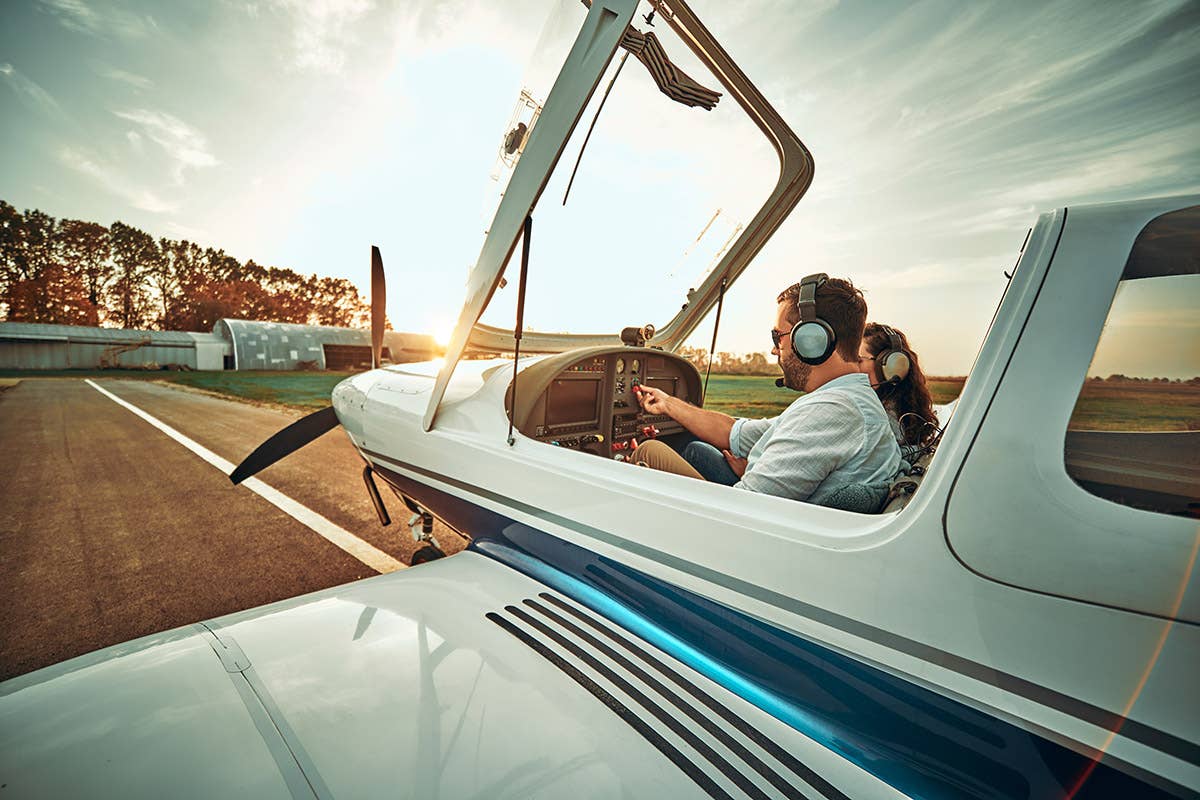
Subscribe to Our Newsletter
Get the latest FLYING stories delivered directly to your inbox



